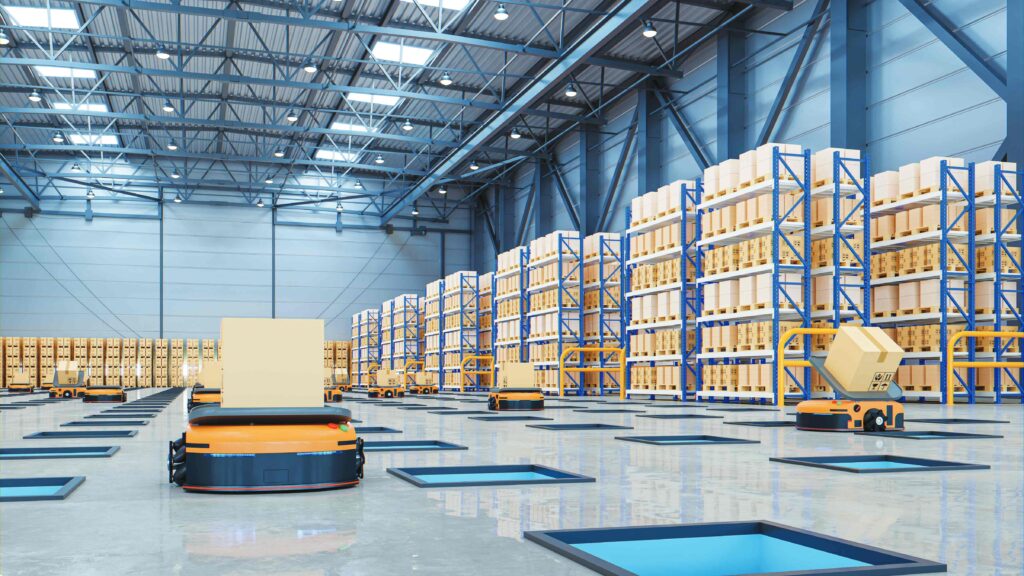
According to recent reports, India’s warehouse sector is expected to grow at 12.5% annually till 2030. E-commerce, retail and third party logistics are steering the demand for warehousing over the next 5 years. Warehouses are no longer simple storage hubs and are quickly galvanizing into spaces including automation and robotics to streamline operations. Clean India Journal delves into the nuts and bolts of the smart maintenance of warehouses.
Warehouse automation involves automating the movement of inventory into, within, and out of warehouses to customers with less human assistance. Three elements are essential in running the smooth operations of automated warehouses: warehouse management software, automated systems and industrial racking. Industrial maintenance is crucial to compensate on the wear and tear of machines to prevent breakdowns.
Several pivotal technologies drive smart maintenance of warehouses:
- IoT (Internet of things) – IoT sensors installed on storage systems collect data on important parameters like temperature, humidity, vibration, and energy consumption. This data provides insights on equipment condition and performance.
- Artificial Intelligence (AI) and Machine Learning: AI algorithms analyze data patterns to predict potential failures, and recommend optimal maintenance schedules. This leads to better decision-making in the long run.
- Predictive Analytics: By combining IoT data with AI-driven analytics, warehouses can develop predictive maintenance models.
- Augmented Reality (AR) and Virtual Reality (VR): AR and VR technologies are used for remote assistance and training purposes. Maintenance technicians can receive real-time guidance from experts, access equipment manuals, and visualize complex repair procedures, reducing human error and improving efficiency.
- Cloud Computing: Cloud-based platforms store and process maintenance data securely, enabling access from anywhere and facilitating collaboration among teams.
Benefits of smart maintenance practices include reduced downtime, cost savings, enhanced safety, improved sustainability and data driven insights. Embracing smart maintenance strengthens competitive advantage in the dynamic logistics landscape. As technology continues to evolve, the future of smart maintenance promises even greater innovations and efficiencies, paving the way for smarter and more resilient warehouses.







